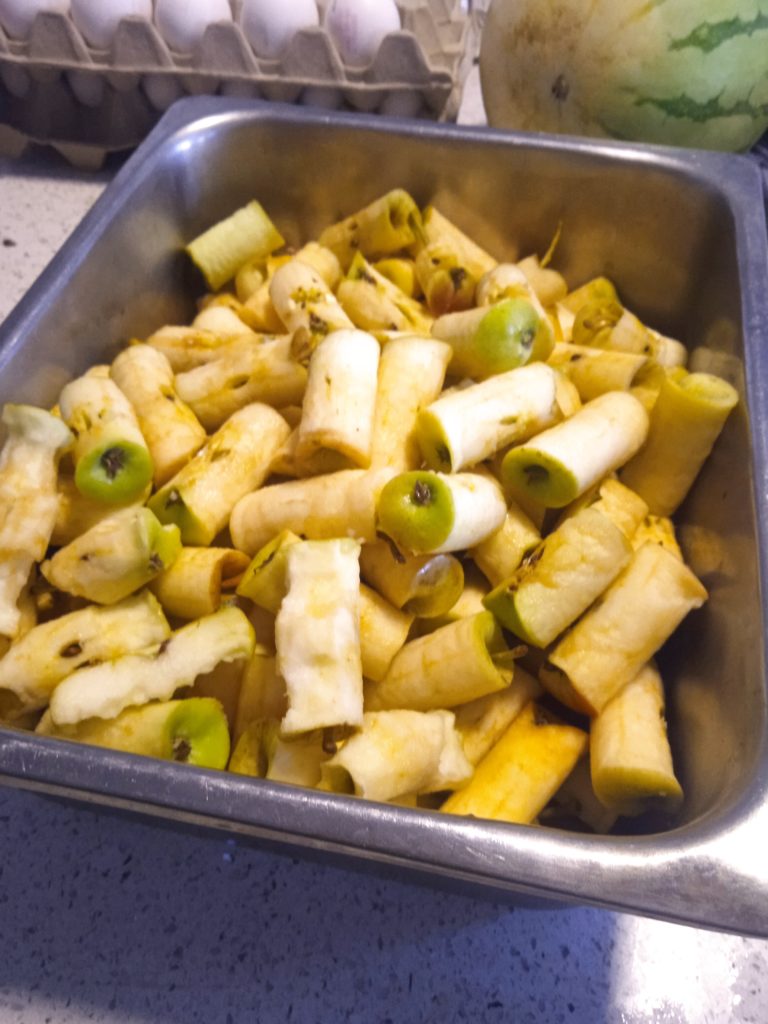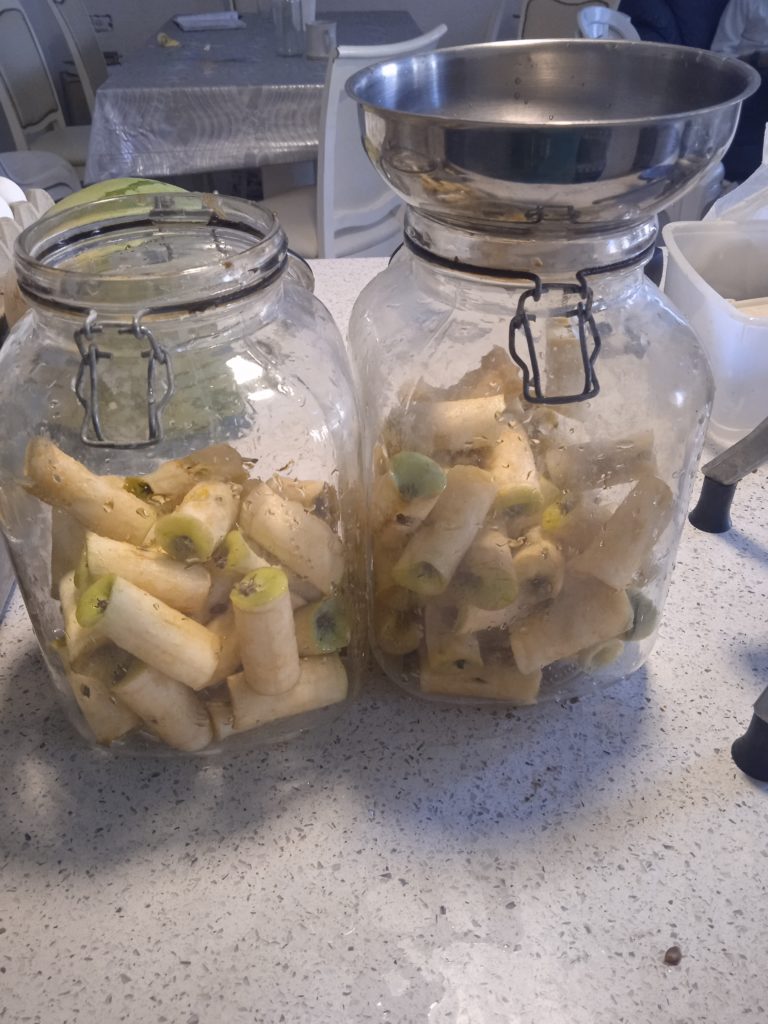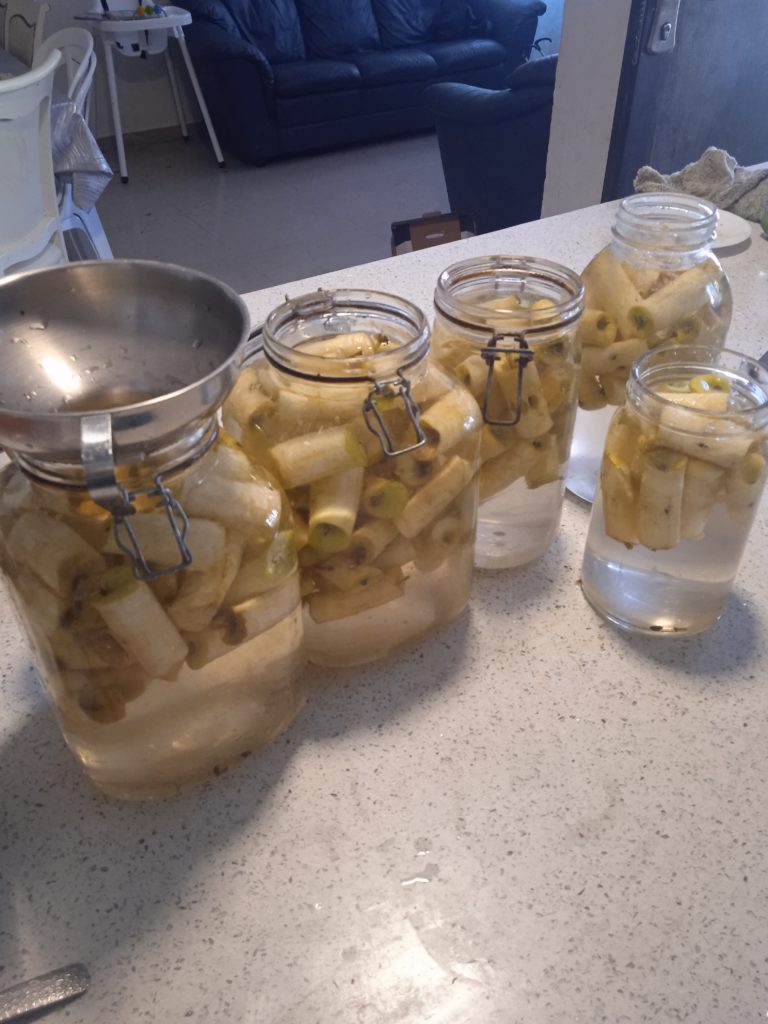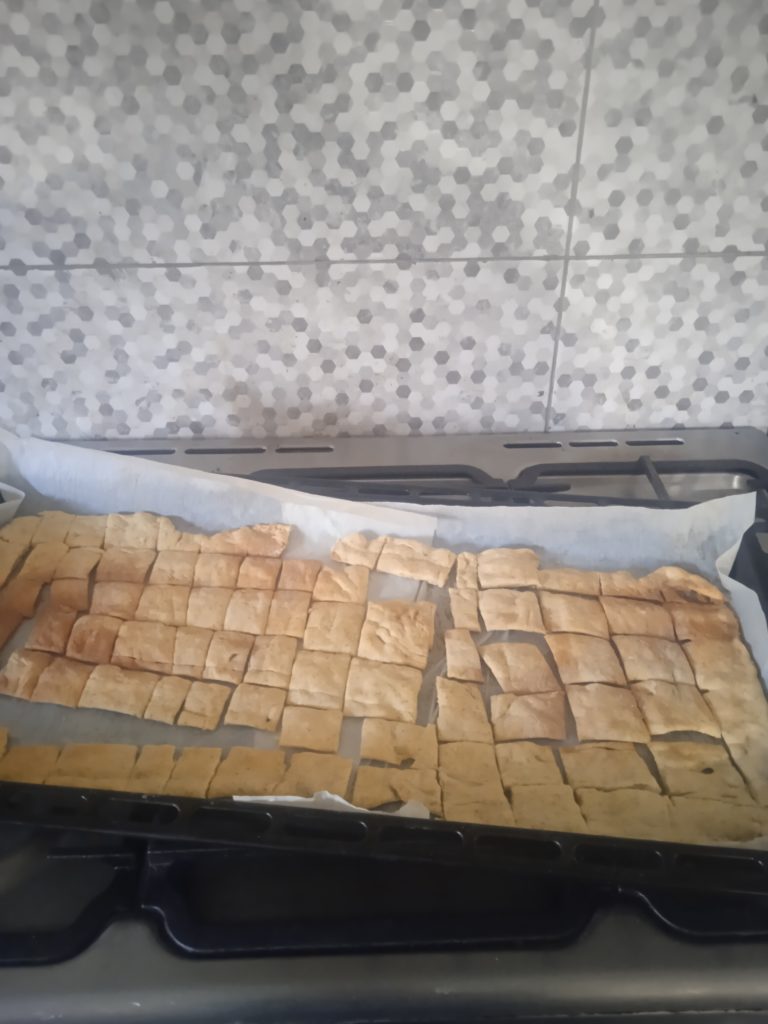This is an expensive time in the Jewish calendar, with Purim being followed soon after by Pesach.
I’ve wanted to write on this for a while and realize I’m a bit tardy in sharing thoughts on navigating this, but hopefully you can still utilize some aspect of the strategies I’m sharing.
When all of the expenses pile up at once, it can be overwhelming. For the week of Pesach, we usually spend 5000 shekels on food – an amount that’s close to our usual monthly total. Then there are the clothing related expenses and that adds several thousands more. Adding in nine or ten thousand shekels of expenses is quite a bit to swallow in one month.
So we don’t.
I space out major purchases so it doesn’t feel overwhelming to pay for everything within a two or three week period.
I wanted to buy the four older boys (14, 16, 17, 21) new suits, and new hats for three of them. That’s a nice chunk of change to spend at once, but I made my purchases before Purim. There were several benefits to doing this: 1) the money for this was spent six weeks before Pesach and not on top of all the other Pesach expenses.
2) I don’t like shopping or vacationing or driving in crowds. That’s not to say I can’t tolerate it, but I’d rather have more peace and quiet in my life, and doing as much as I can do off-season adds to my serenity. In two weeks, every yeshiva bochur in the country will have vacation and will be Pesach suit shopping, together with his younger brothers and father – can you guess what the clothing stores are going to be like?
By shopping early, we had the store and staff to ourselves, with plenty of personal attention and assistance. It’s so much more relaxing and enjoyable to shop like this, rather than having to work hard to get the attention of someone who many other customers simultaneously want help from.
3) I really appreciate getting things that can be done ahead of time taken care of. My life is really full – whose isn’t? – and I would be fooling myself to push off tasks while thinking wishfully that it will be easier at a later time. It’s never easier later. There’s just as much to do later on, plus all the things that were pushed off! This is one thing that has been critical to me staying on top of all that I need to do – I try to minimize procrastination (although dealing with paperwork for Israeli bureaucracy is my weakness). There’s enough to do that can’t be scheduled in advance, so why leave this to a time when there’s so much to do?
So the clothing purchases were all finished by the beginning of March.
Now about food shopping. For our family, our biggest expenses are matza and meat. When I’ve gone to the store in recent weeks, I’ve been dismayed to see that the freezer section is very thin and the prices are very high – to me, shockingly high.
Since I buy meat by the case, I don’t need to shop at the supermarket more than once every four to six weeks. The rise in prices caught me off guard because when I last bought a case of meat two or three months ago, everything was normal. Every section in the meat freezers were full and if the sales weren’t amazing, they were nonetheless regular and the prices were fairly steady.
My infrequent shopping trips meant I didn’t see the meat slowing emptying out and the prices going up. I’ve gone every week for the last three or four weeks, and every week looks worse than the week before. I asked the person in charge of the meat section what is going on, and he said that there’s a supply issue. I asked if they expect the weekly orders to fill the gap and they said they’re making their usual orders but many items aren’t coming in. They’re hoping that some ships will come in with more supplies.
That wasn’t reassuring for me, particularly not with Pesach so close on the horizon. Even when there aren’t supply issues, prices go up for Pesach. None of this is a surprise and what’s good about that is you can plan around it. It really makes a difference to think ahead and plan ahead.
To mediate the effect of the high prices I utilize a strategy that I’ve written about in the past: stock up when the items you want are on sale. I buy my meat ahead of time when there are still bargains to be found in the meat sections; the closer it gets to the holiday, the fewer good buys there are.
I haven’t been able to buy the cuts I prefer for quite a long time, so three weeks ago I decided to buy twenty kilos of ground meat since there was plenty of that. When I went back the next week, it was yet another empty space in the freezer section with everything cleaned out – the woman working there remembered that I had bought a lot and told me how smart it was to do that.
The next week they had beef tongue at a thirty percent discount, though it wasn’t marked as being on sale – I only knew because I directly asked the person in charge of the meat section. While I usually buy a small quantity of tongue, this time I bought a much larger amount. (I used to buy brisket (#3) and chuck (#10) because they were the most affordable but several months ago I discovered flanken (#9) when it was on sale for the same price as brisket. Flanken is now my absolute favorite because it’s so much fattier than brisket; animal fat is not only delicious, but very important for body and brain function and is even beneficial for your skin!)
It’s not too late to spread out your expenses even though Pesach is just a month away. Think about what your anticipated Pesach expenses are. Are there items you can buy now? I don’t buy groceries in advance because I prefer to have my home clean for Pesach before bringing in food items (other than meat), but maybe getting your Pesach staples now would work for you. What about housewares? Do you need another pot or set of silverware? (I bought two new sets of silverware for Pesach a couple of months ago when they were on sale and put them in my Pesach cabinet.) Go ahead and do some early shopping!
How do you keep your Pesach spending from becoming overwhelming? I’d love to see your tips!
Avivah






